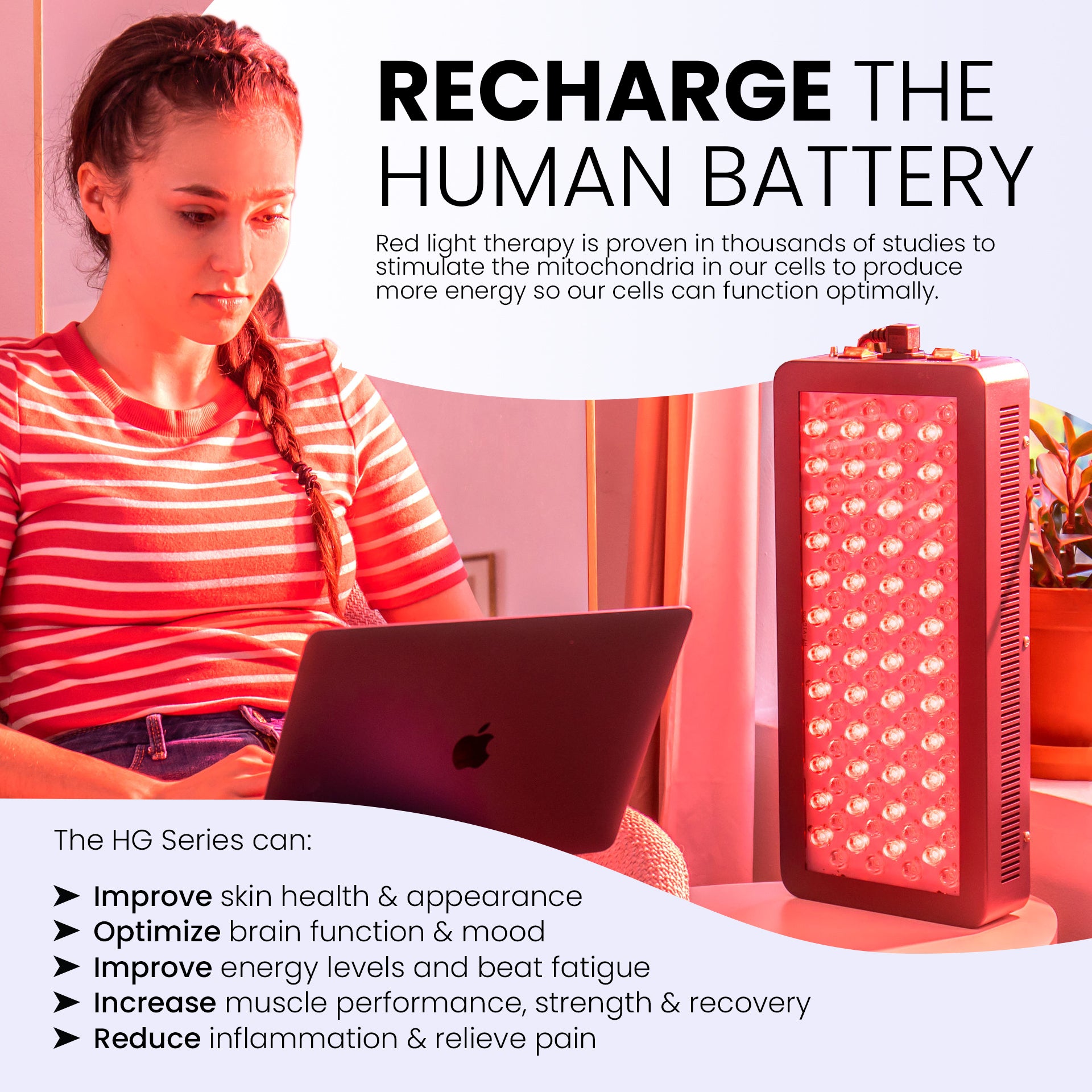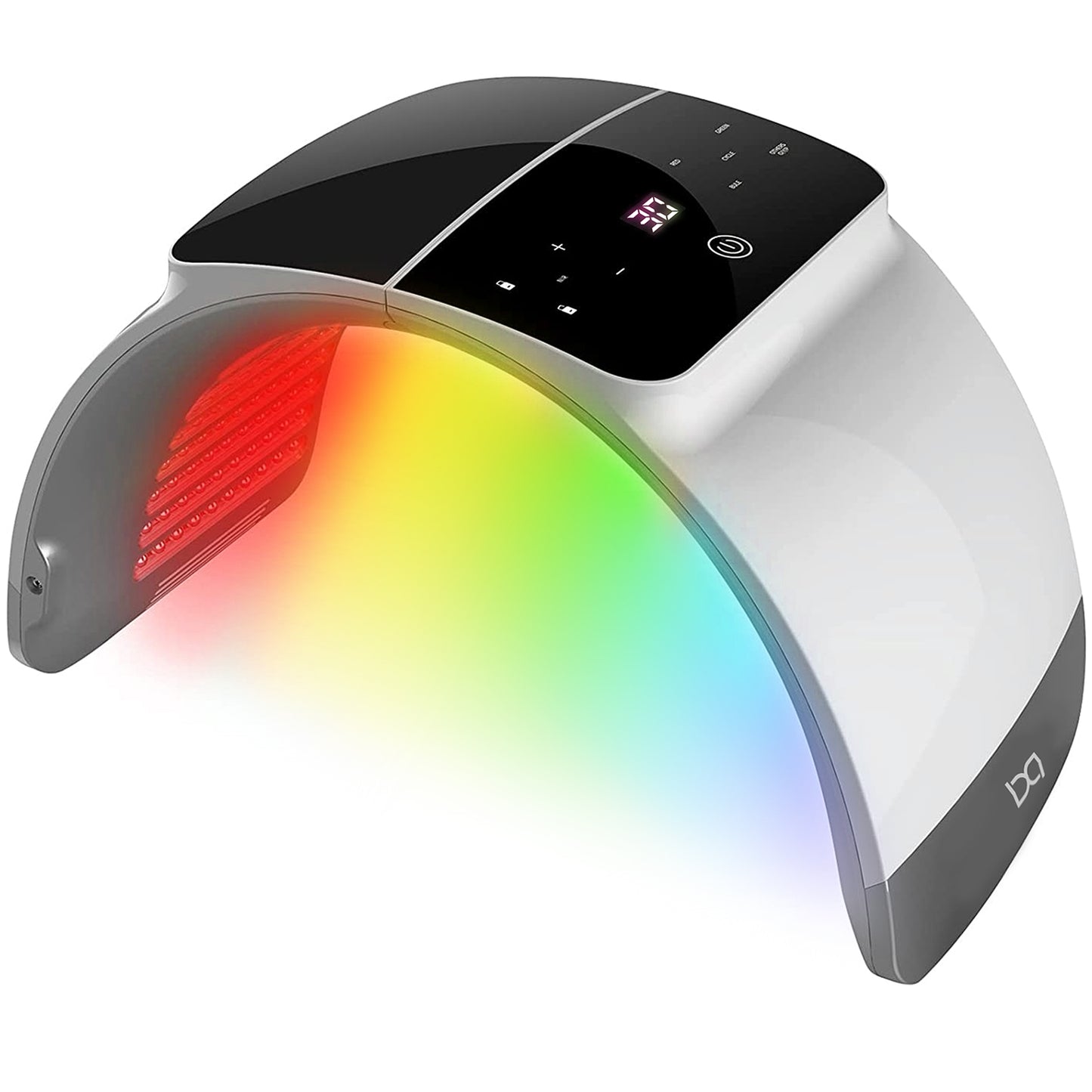Reinventing Medical Care: The Power of PBM Therapy Introduced
Wiki Article
Opening the Potential of Photobiomodulation: A Promising Technique for Healing Intervention
Are you interested concerning the potential of photobiomodulation for restorative treatment? Imagine a circumstance where an individual suffering from chronic pain locates alleviation with a non-invasive treatment that uses light. This is specifically what photobiomodulation offers. It is an appealing technique that harnesses the power of light to stimulate healing and minimize swelling in numerous clinical problems. By targeting specific cellular processes, photobiomodulation has revealed prospective in increasing wound healing, decreasing pain, and promoting tissue regeneration. In this introduction, we will certainly explore the mechanisms of action, applications in medicine, and the current evidence supporting the efficacy of photobiomodulation. Additionally, we will certainly discuss future instructions and possible obstacles in opening its complete capacity as a restorative intervention.Recognizing Photobiomodulation
To comprehend photobiomodulation, you need to comprehend the idea of exactly how light therapy can straight impact cellular procedures in your body. Photobiomodulation, likewise called low-level light therapy, is a non-invasive therapy that makes use of certain wavelengths of light to boost biochemical responses in your cells. When exposed to these light wavelengths, your cells soak up the power and convert it right into mobile energy, referred to as adenosine triphosphate (ATP) This rise in ATP production leads to a waterfall of cellular feedbacks, consisting of enhanced metabolic rate, enhanced circulation, and raised production of collagen and other healthy proteins.The healing effects of photobiomodulation are far-ranging and have actually been researched extensively in numerous medical areas. It has shown encouraging lead to advertising tissue repair service and regeneration, minimizing swelling, soothing pain, and improving injury healing. Photobiomodulation has been located to have a positive effect on neurological problems, such as traumatic brain injury and stroke, by boosting neural activity and advertising neuroplasticity.
Unlike other therapies, photobiomodulation does not create any type of heat or cause tissue damages. It is vital to keep in mind that photobiomodulation must be provided by qualified professionals or according to the supplier's instructions to ensure optimum outcomes and security.

Mechanisms of Action
In recognizing the systems of action, you will certainly uncover exactly how photobiomodulation directly affects cellular procedures via particular biochemical reactions. When light is put on the body, it is taken in by chromophores, such as cytochrome c oxidase and flavins, which exist in the mitochondria. This absorption leads to a waterfall of events that inevitably lead to mobile changes.Photobiomodulation enhances the task of cytochrome c oxidase, an essential enzyme in the mitochondria that is entailed in the electron transport chain. As an outcome, mobile metabolic process is enhanced, advertising tissue repair work and regeneration.
Furthermore, photobiomodulation has actually been shown to regulate mobile signaling pathways. It triggers various development variables and signaling particles, such as nitric oxide and responsive oxygen species, which play crucial duties in processes like inflammation, angiogenesis, and cell expansion. These signaling paths add to the therapeutic effects of photobiomodulation, advertising cells recovery and reducing discomfort and inflammation.
Applications in Medicine
Check out the considerable applications of photobiomodulation in medicine. Photobiomodulation, also called low-level light treatment, is a non-invasive therapy that makes use of light to boost cellular procedures and promote recovery. In medication, this strategy has actually revealed encouraging outcomes across various fields.One of the primary applications of photobiomodulation is in pain administration. photobiomodulation therapy. It has been used to minimize both severe and chronic discomfort, including musculoskeletal conditions, neuropathic pain, and post-operative pain. By targeting the affected location with details wavelengths of light, photobiomodulation can reduce inflammation, advertise cells repair, and provide relief
Additionally, photobiomodulation has actually revealed prospective in wound healing. It can speed up the recovery process by enhancing cell proliferation, advertising angiogenesis, and lowering scar cells development. This has considerable implications in the therapy of chronic wounds, such as diabetic person abscess and pressure sores.
In dermatology, photobiomodulation has been made use of for its anti-inflammatory and regenerative results. It can boost the appearance of marks, minimize acne lesions, and stimulate hair development in conditions like androgenetic alopecia.
Additionally, photobiomodulation has revealed guarantee in neurorehabilitation. It can enhance cognitive feature, enhance motor recuperation, and help in the treatment of neurodegenerative conditions like Alzheimer's and Parkinson's.
Medical Evidence and Study Findings

In the area of bone and joint disorders, photobiomodulation has actually been discovered to reduce pain and inflammation, boost variety of movement, and speed up tissue repair. Furthermore, photobiomodulation has actually shown positive results on injury recovery by promoting collagen angiogenesis, fibroblast, and synthesis proliferation.
Moreover, study has revealed that photobiomodulation can have neuroprotective and neuroregenerative effects. It has actually been found to enhance cognitive feature, lower neuroinflammation, and improve neuronal survival and synaptic plasticity. This has important effects for the treatment of neurological conditions such as Alzheimer's illness, Parkinson's condition, and stroke.
Future Directions and Possible Difficulties
Relocating onward, it is vital to take into consideration the potential challenges and future directions surrounding the use of photobiomodulation as a healing intervention. Presently, there is no agreement on the ideal wavelength, intensity, period, and frequency of photobiomodulation therapy.One more vital future direction is the growth of cost-efficient and mobile photobiomodulation gadgets. While existing devices are effective, they are commonly cumbersome, expensive, and require expert guidance - photobiomodulation therapy. The development of easy to use and budget friendly devices would significantly boost ease of access to this therapy, enabling even more people to benefit from its prospective restorative results
Additionally, future research needs to concentrate on clarifying the devices underlying photobiomodulation. In spite of its expanding popularity, the precise devices by which photobiomodulation applies its therapeutic results are not totally comprehended. Comprehending these systems would not only boost our understanding of the treatment however additionally help in the development of even more targeted and reliable treatments.
However, there are also potential obstacles that require to be attended to. photobiomodulation laser. These include the demand for standard procedures, the demand for well-designed clinical tests with bigger example dimensions, and the need for long-term follow-up studies. Governing and security considerations must be taken into account to guarantee the efficient and secure usage of photobiomodulation in clinical technique.
Verdict
To conclude, photobiomodulation holds terrific pledge as a restorative treatment in medicine. Its systems of activity and medical proof suggest its potential for dealing with different conditions. More study is required to totally understand its advantages and address any type of potential challenges. With continuous studies and advancements in this field, photobiomodulation has the prospective to unlock brand-new photobiomodulation therapy possibilities for boosting person results.Are you interested about the capacity of photobiomodulation for healing intervention? By targeting certain cellular processes, photobiomodulation has actually revealed potential in increasing wound healing, reducing discomfort, and promoting cells regrowth.Additionally, photobiomodulation has revealed potential in injury recovery.Moving forward, it is vital to take into consideration the prospective challenges and future instructions bordering the use of photobiomodulation as a healing treatment. With recurring studies and innovations in this area, photobiomodulation has the possible to unlock brand-new possibilities for boosting patient end results.
Report this wiki page